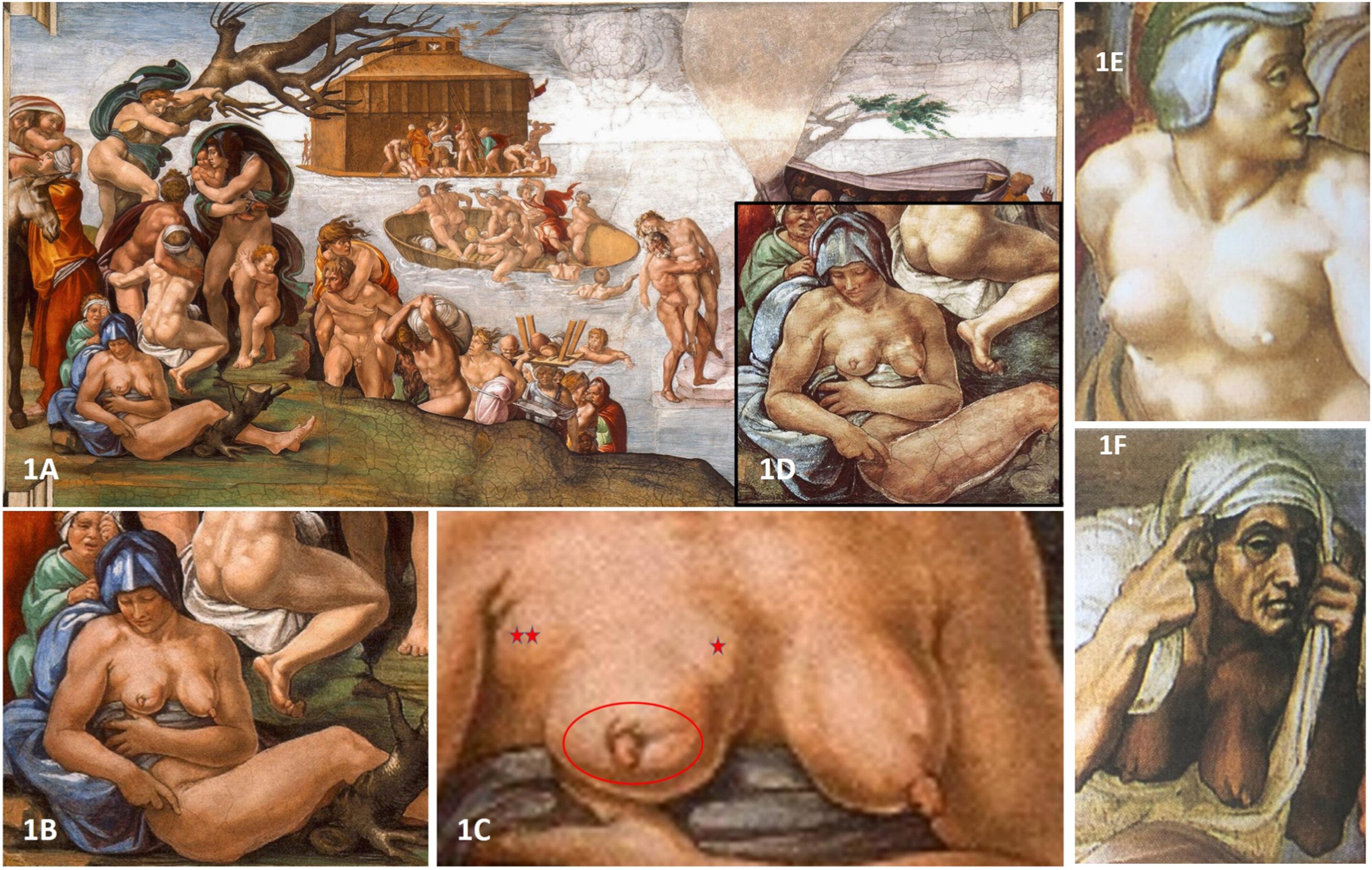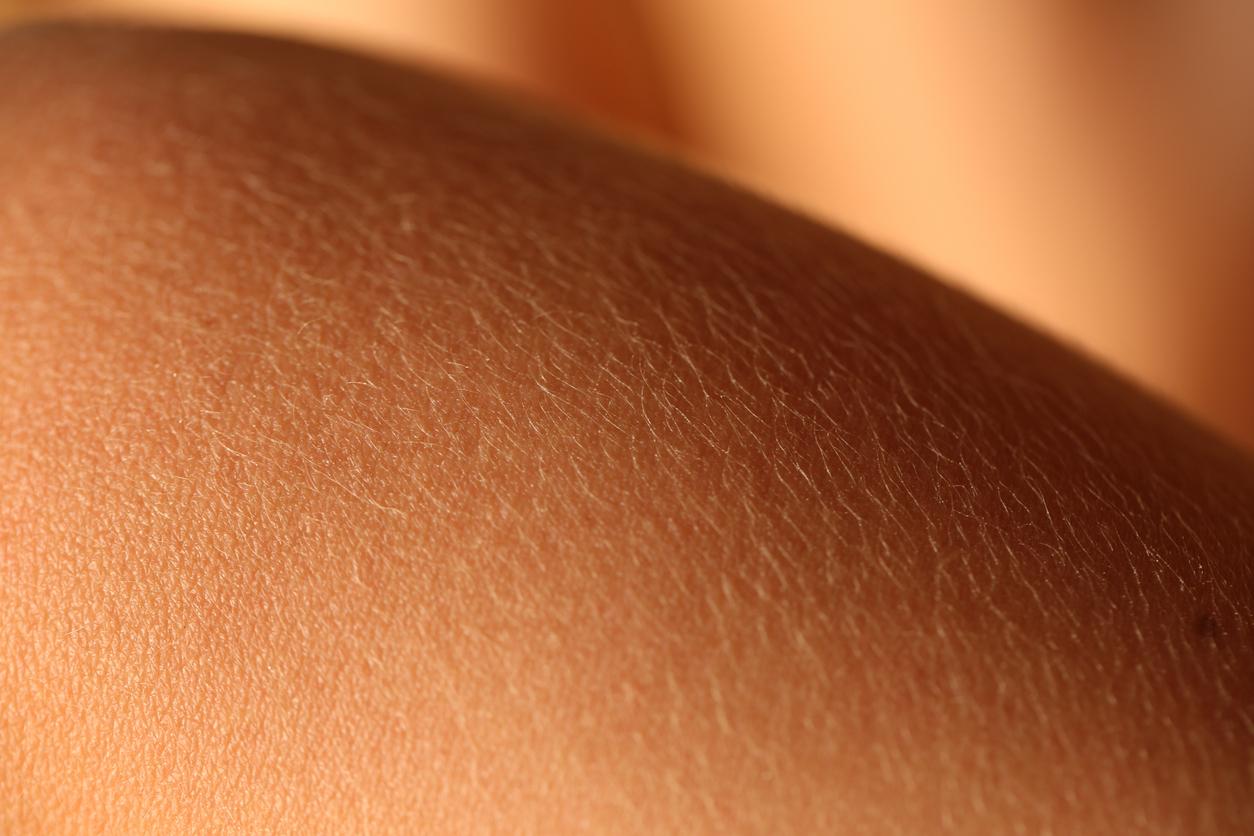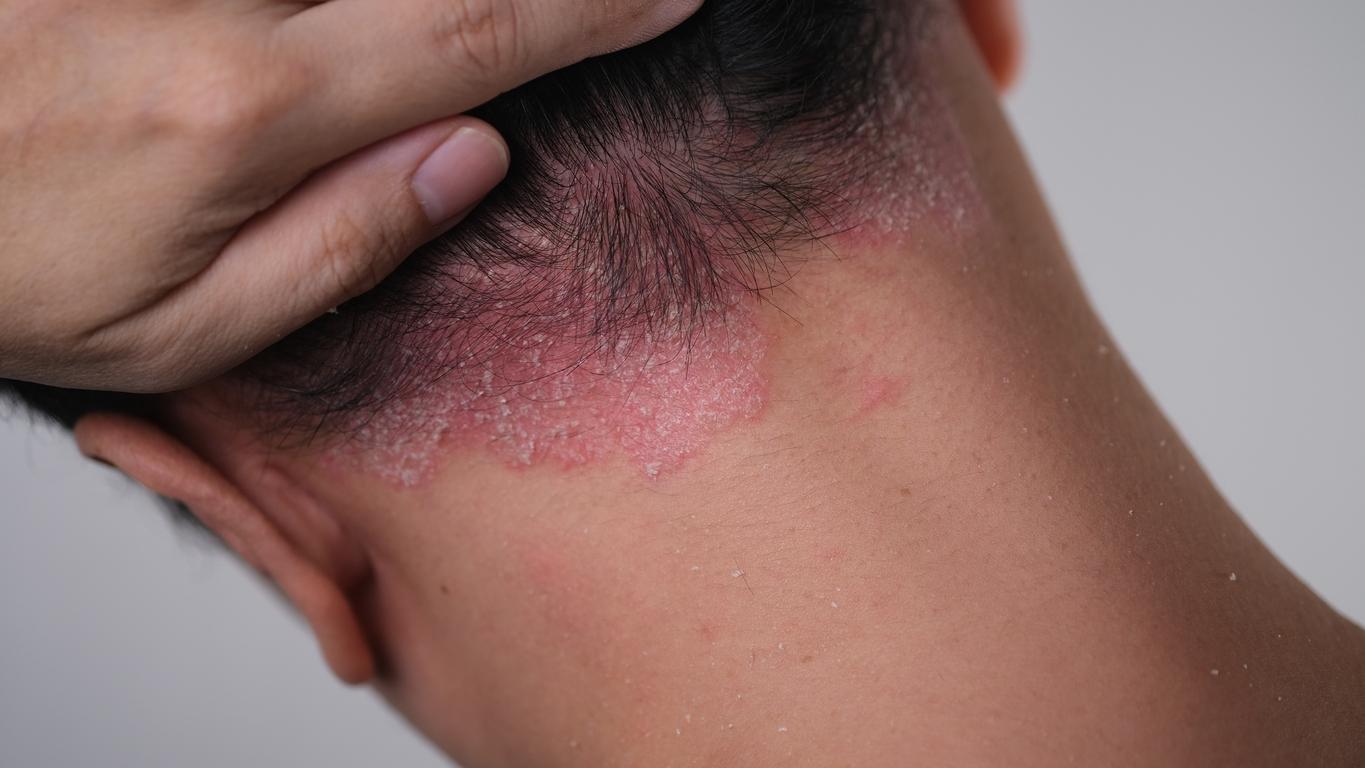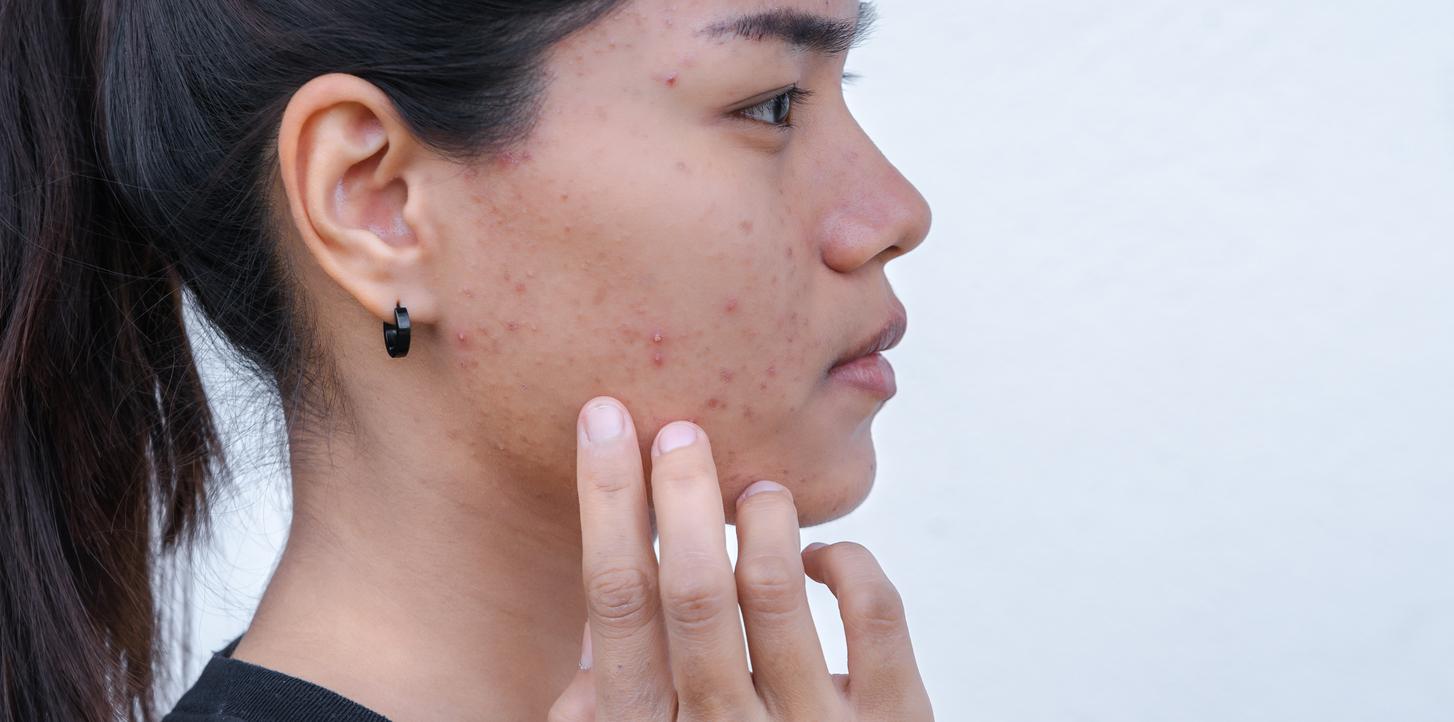The healing of a wound or an incision is a long inflammatory process which can experience exaggerated changes. Result, hypertrophic scars or keloids which, beyond the aesthetic problem they represent, can also cause pain or discomfort for certain movements. The point on scarring and how to control it.
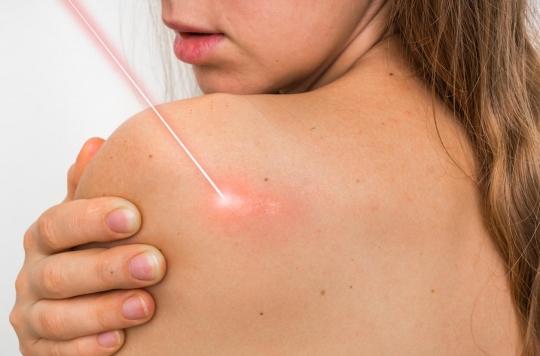
- Whatever their origin, scars never go away
- Scarring is an inflammatory process
- This phenomenon can experience an exaggerated evolution in intensity and over time.
“A scar lasts for life!”. The plastic surgeon Richard Zloto is categorical: whether it is following a wound, illness or surgery, the mark left on the skin will be eternal. But that’s no reason not to worry about it. In addition to the aesthetic problem they can represent, scars are sometimes a source of pain or discomfort for certain movements. Especially when the healing process does not progress normally.
“We know how to ensure that the scars are as invisible as possible and sometimes we end up almost not seeing them anymore”, explains Richard Zloto, who recalls the classic healing process: an inflammatory peak in the first three months, stabilization during which the scar pales and diminishes and truly healed skin after about a year.
An exaggerated evolution in intensity and over time
But things don’t always go so well. “Depending on factors related to the particularities of the skin, genetic causes or locations on certain parts of the body, a scar can become hypertrophic, i.e. its evolution in intensity and over time will be exaggerated” , specifies Richard Zloto, emphasizing however that “these scars will eventually get better”. That is to say that the healing process will succeed, even if the mark left by the wound or the incision will be more important.
The other possible evolution of a scar is the keloid scar. Apparently very linked to genetic reasons – it would be very common in African and Asian populations who sometimes use it for ritual purposes such as scarification – sometimes considered a benign tumor. “I personally do not use this term, the word tumor refers to the fear of cancer…”, specifies Richard Zloto who, on the other hand, insists on the fact that these keloid scars never get better, it is to say that the healing process does not end and that the size of the scar continues to grow.
To manage these hypertrophic or keloid scars, it is necessary, according to Richard Zloto, to always remember that this healing process is an inflammatory process. “When he experiences a bad evolution, all treatments that reduce inflammation are good treatments”, announces the surgeon. But more specific treatments also exist, and they evolve according to the progress of research on this phenomenon of scarring.
“Always keep a moist scar!”
“For a long time, we thought that a wound had to be dried for it to heal well, says Richard Zloto. Wrong! We now know that it is the evaporation of water from the inner layers of the skin. towards the outer layers which stipulates the cells of the dermis and generates the secretion of an excess of collagen which causes hypertrophic scars. It is therefore important to waterproof the epidermis to block this evaporation. “You must always keep a moist scar! “, confirms Richard Zloto, quite confident in treatments based on silicone gels to contain the healing process.
On the other hand, he is more dubious about the solution which consists in carrying out a surgical intervention to reduce the aesthetic impact of a hypertrophic scar: “If we operate, we find ourselves in the presence of a new inflammatory healing process which can evolve at turn to a hypertrophic scar”. Caution, therefore, for a possible new intervention on a scar.
Especially since methods like the laser are now “effective”, according to Richard Zloto. “These rays that bombard the scars reduce the inflammatory reaction”, he explains, emphasizing the first of the indications to remember in the management of scars, treat right away! “It is necessary first of all to prevent any infection, but it also allows, especially when there is no suture, to to manage healing with the help of dressings and avoiding that it upsets areas of tension in the limbs”. Attentions that are well worth these scars which will never disappear!
.










